Egypt
What is it that fascinates us about Ancient Egypt? We have such a range of surviving artefacts, art and documents that provide a unique window into life and death so long ago. Howard Carter finding Tutankhamun’s tomb almost intact and so well preserved is one of the most exciting finds of the 20th century. In this section you will find podcasts, articles and resources to develop your knowledge of this ancient civilisation.
-

Sudan Holy Mountain: Jebel Barkal and its Temples
ArticleClick to view -

Why are there so many ‘mummies’ in Western museums?
ArticleClick to view -

Significant anniversaries: the discovery of Tutankhamun’s tomb
ArticleClick to view -

One of my favourite history places: Luxor, Egypt
ArticleClick to view -

How museum collections make ancient Egypt, and the people who lived there, real
ArticleClick to view -
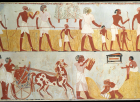
Subject leaders: supporting colleagues to develop their subject knowledge
ArticleClick to view -
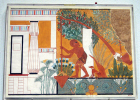
Teaching Ancient Egypt: developing subject knowledge
ArticleClick to view -

Ankhu and Nebu of Deir el Medina
ArticleClick to view -
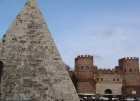
‘Miss, did the Romans build pyramids?’
ArticleClick to view -

Scheme of Work: Comparing Ancient Civilisations
ArticleClick to view -

Using apps in the history curriculum
ArticleClick to view -
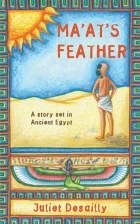
Texts for the Classroom: Ma’at’s Feather
ArticleClick to view -

Using the back cover image: Mummified cat
ArticleClick to view -
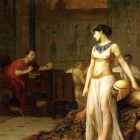
What made Cleopatra so special?
ArticleClick to view -

So was everyone an ancient Egyptian?
ArticleClick to view -

Teaching history and geography together in a meaningful way
ArticleClick to view -
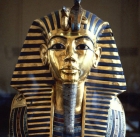
Scheme of Work: How did the civilisation of Egypt wax and wane?
ArticleClick to view -

Teaching Ancient Egypt
ArticleClick to view -
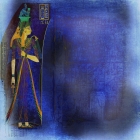
Beliefs in Ancient Egypt: Scheme of Work
ArticleClick to view -
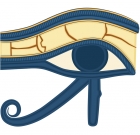
Religion and Beliefs in Ancient Egypt: Lesson Plans
ArticleClick to view

